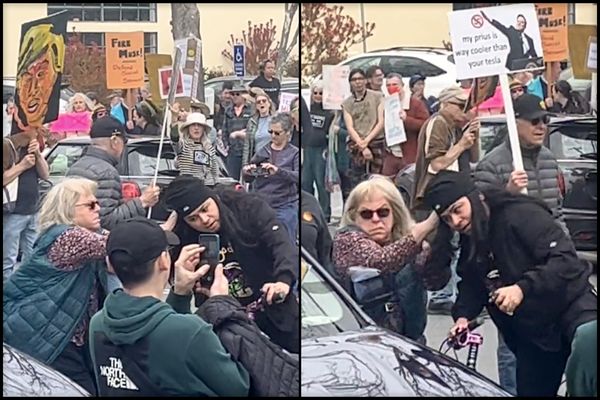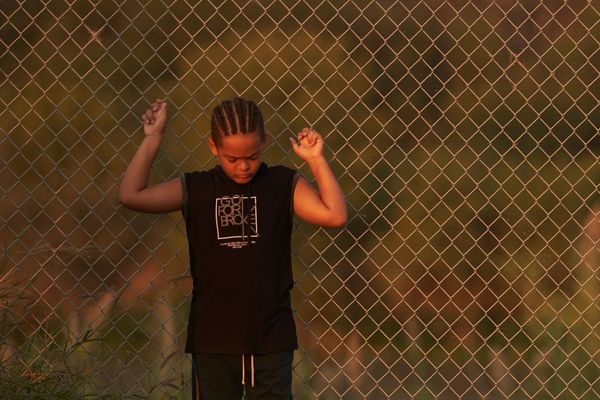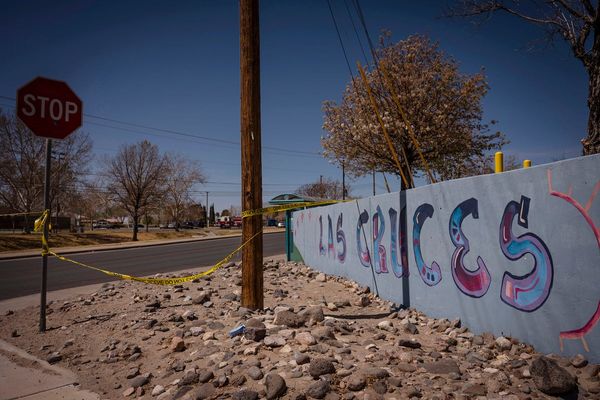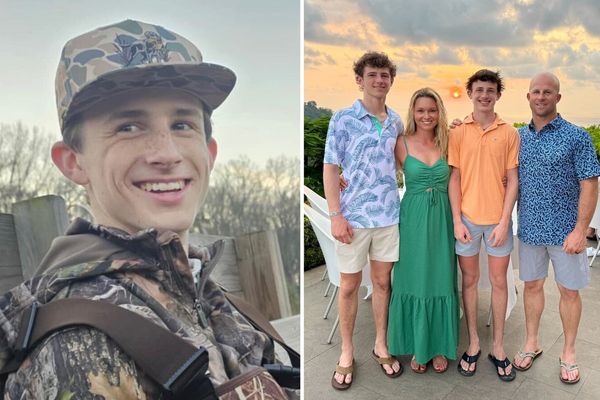Nagaland’s capital Kohima probably has the only cemetery on earth that sports a tennis court.
The United Kingdom-based Commonwealth War Graves Commission (CWGC) has listed five sites with unusual features. These sites are associated with World War I and World War II.
The Kohima War Cemetery is one of 23,000 World War graves across the continents maintained by the CWGC, an intergovernmental organisation of six member-states who ensure the men and women who died in the wars will never be forgotten.
Present-day Nagaland and adjoining Manipur comprised the only theatre of World War II in the Indian subcontinent.“In 1944, following hard fighting in the Burmese jungle, the Japanese forces in the region pushed across the Chindwin River and into India. In their path was the Fourteenth Army, made up of forces from across the Commonwealth,” the CWGC wrote on its site.
“This invasion hinged upon two key points, (Manipur capital) Imphal and Kohima. Defeat for the Fourteenth Army here meant that the Japanese could strike further into India,” it said.
Kohima was of key strategic importance, at the highest point of the pass through the jungle mountains to Dimapur, now Nagaland’s commercial hub adjoining Assam. The fall of Dimapur would have meant leaving the Allied defenders of Imphal at the mercy of the Japanese soldiers fighting alongside Subhash Chandra Bose’s Indian National Army.
“On 3 April, a Japanese force of 15,000 attacked Kohima and its 2,500-strong garrison. The ridges at Kohima lead to two weeks of difficult, bloody fighting as the defending forces were pushed back to the former house of the British Deputy Commissioner,” the CWGC said.
The lawn of this house had a tennis court where the British officers played for recreation.
“The surviving defenders, encamped around the garden tennis court, prepared for their final stand. As the Japanese forces prepared to attack, they were attacked in turn by the lead tanks of a relief force, saving the garrison and pushing the attackers back,” the CWGC said.
Despite this setback, the Japanese force continued to fight for Kohima before they were finally forced to withdraw in May. Those who had fallen in the defence of Kohima were buried on the battlefield, which later became a permanent CWGC cemetery, with further burials from the surrounding areas,” it added.
Designer Colin St. Clair Oakes incorporated the tennis court into the design of the cemetery.
Among the other unusual sites listed by CWGC are the World War I “crater cemeteries” – Zivy Crater and Litchfield Crater – in the Pas de Calais region in France. The craters were caused by mine explosions.
Another site listed is the Nicosia (Waynes Keep) Cemetery or the “cemetery in no man’s land” in Cyprus, requiring the presence of armed guards. This is because the cemetery is on the border of a patch of land disputed between the southern and northern parts of the island since the 1970s.







